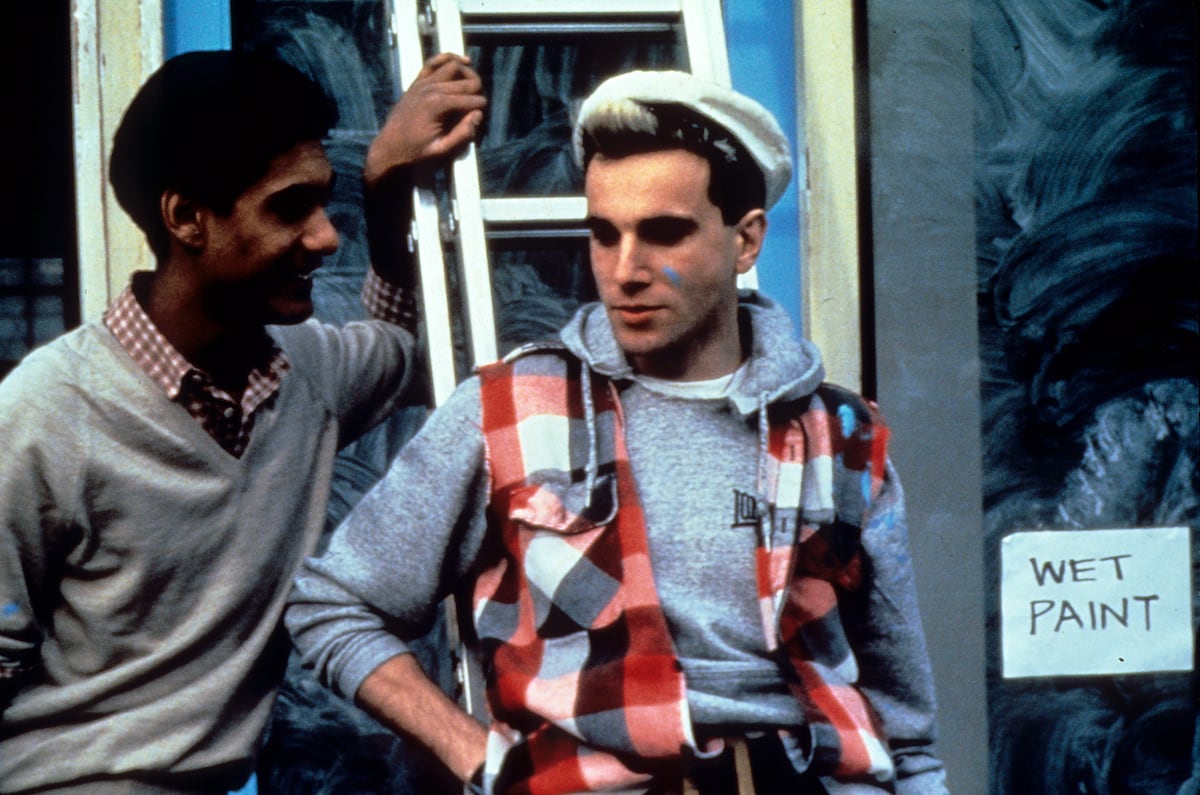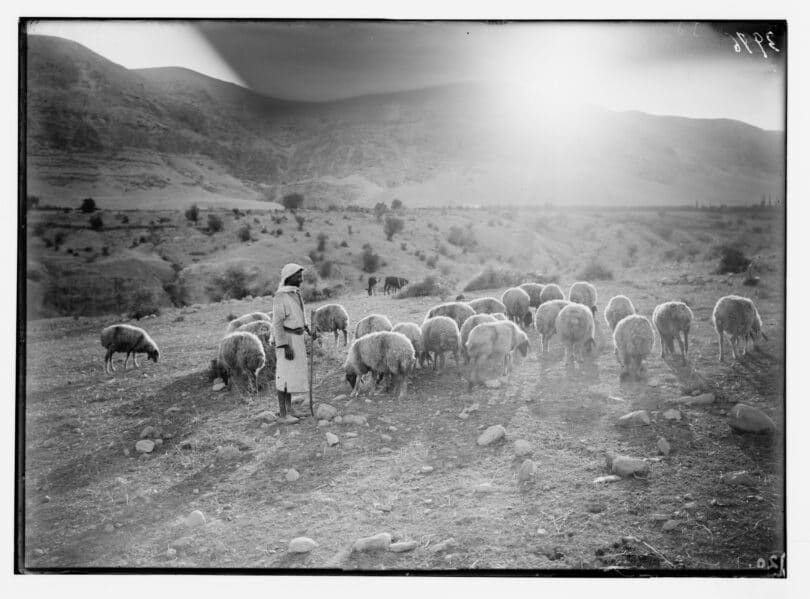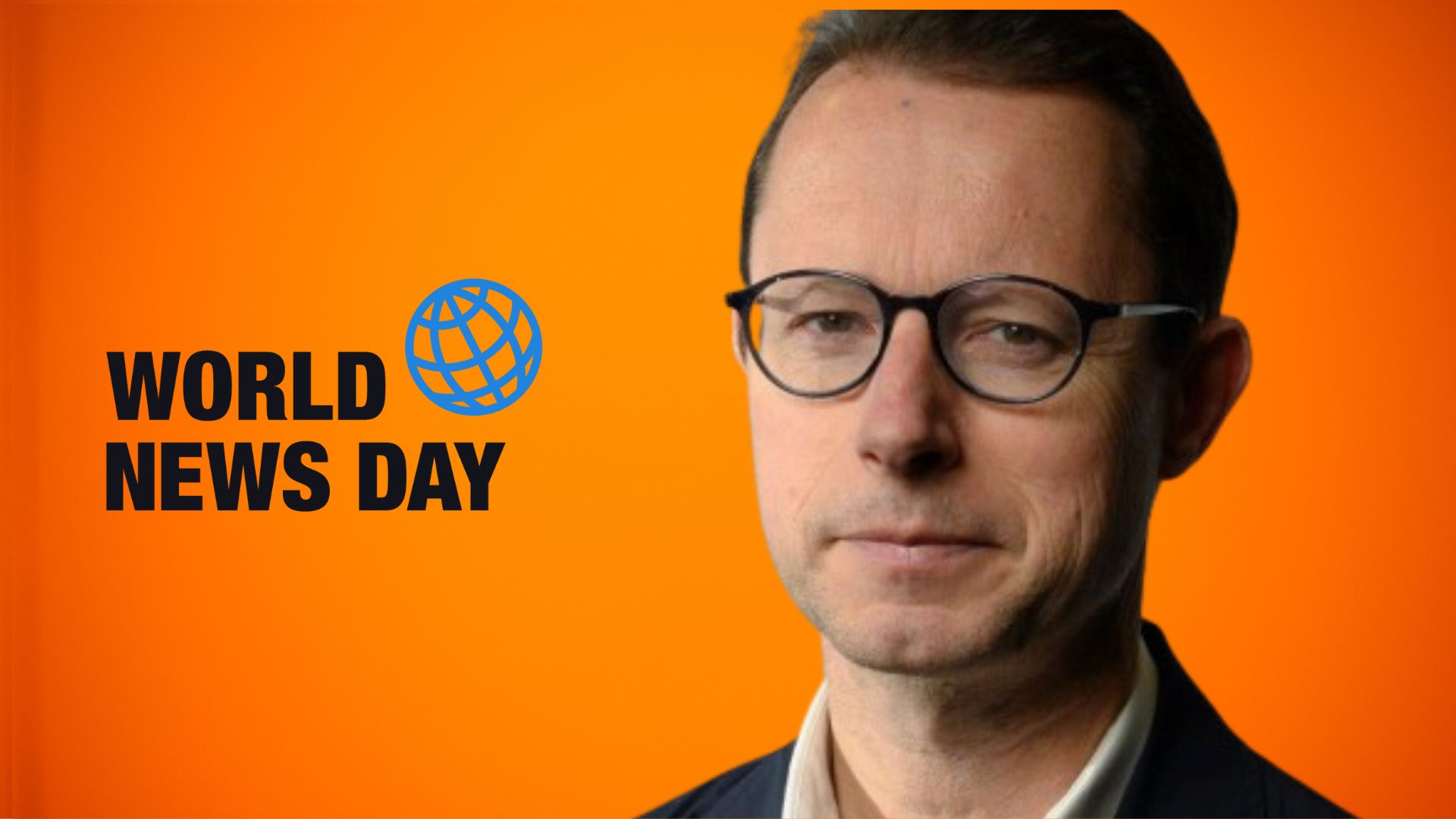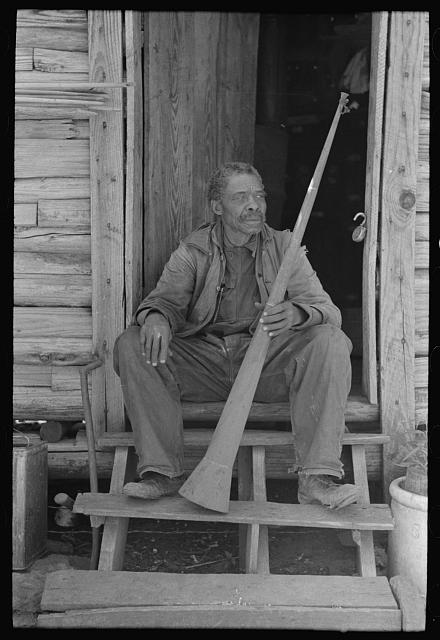by REEBA MARIYAM

The 2025 Malayalam film Lokah: Chapter One – Chandra claims to reimagine Kerala’s infamous female spirit Kalliyankattu Neeli through a contemporary feminist lens. Promoted as India’s first female-centred superhero movie, Lokah has earned both commercial success and critical attention for subverting the traditional portrayal of the yakshi, the vengeful enchantress of Kerala folklore, and for crafting a new cinematic universe blending local myth with modern genres. In the film, Neeli (renamed Chandra) steps out of the pages of legend and into present-day Bengaluru, no longer as a demonic temptress but a vigilant protector. This transformation has been celebrated as a feminist intervention in a genre long dominated by male heroes and male gazes. However, a closer analysis through the intersecting lenses of caste and gender reveals that Lokah’s empowerment narrative, while interesting in some respects, remains constrained by certain blind spots, notably a dilution of Neeli’s caste critique and a lingering reliance on male saviour figures.
Kalliyankattu Neeli’s origins in Kerala folklore are deeply rooted in patriarchy and caste hierarchy. In the early 20th-century compendium Aithihyamala, Neeli appears as Alli, the daughter of a temple-bound devadasi (hereditary temple dancer-courtesan). Alli’s life was circumscribed by caste – forbidden from marrying upper-caste men – until a Brahmin priest named Nampi lured her into marriage, only to betray and murder her. The legend narrates her resurrection as a yakshi, a bloodthirsty female spirit, arising directly from this act of caste-and-gender oppression. Neeli’s “monstrosity” is explicitly inseparable from the caste order, she is punished for transgressing the boundaries of caste and for daring to desire outside her ascribed status. Folklorists note that nothing is liberating in these old tales, as they function primarily as cautionary fables that reinforce brahminical patriarchal boundaries rather than celebrate female agency. The yakshi’s beauty and fury serve as a warning that a woman who defies societal norms (too beautiful, too wilful, or reaching beyond her caste) will be demonised as a deadly threat. Thus, the early Neeli story encodes a double critique: as it exposes the violence of caste patriarchy, even as it ultimately reinforces that social order by portraying the avenging woman as a supernatural menace to be feared or subdued.
Maktoob Media for more










